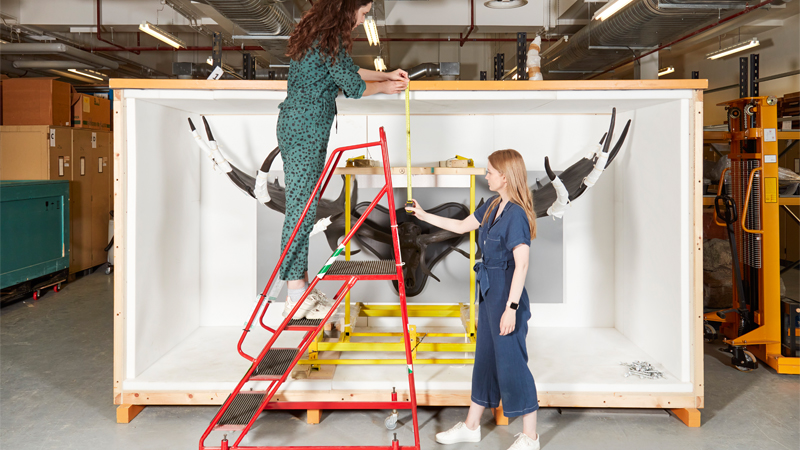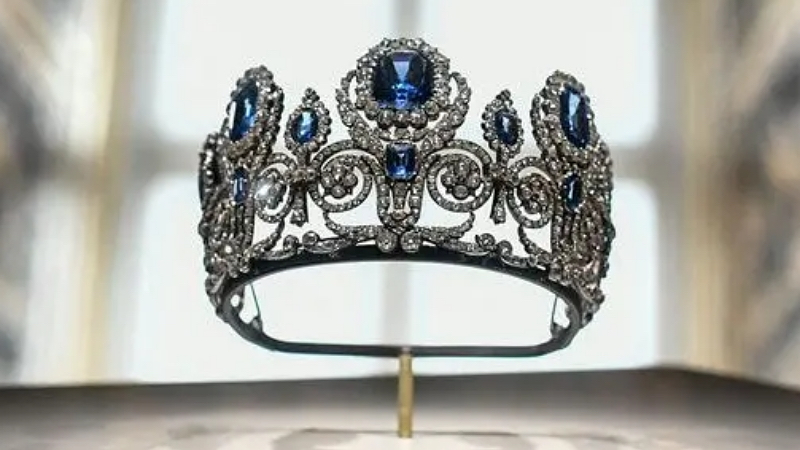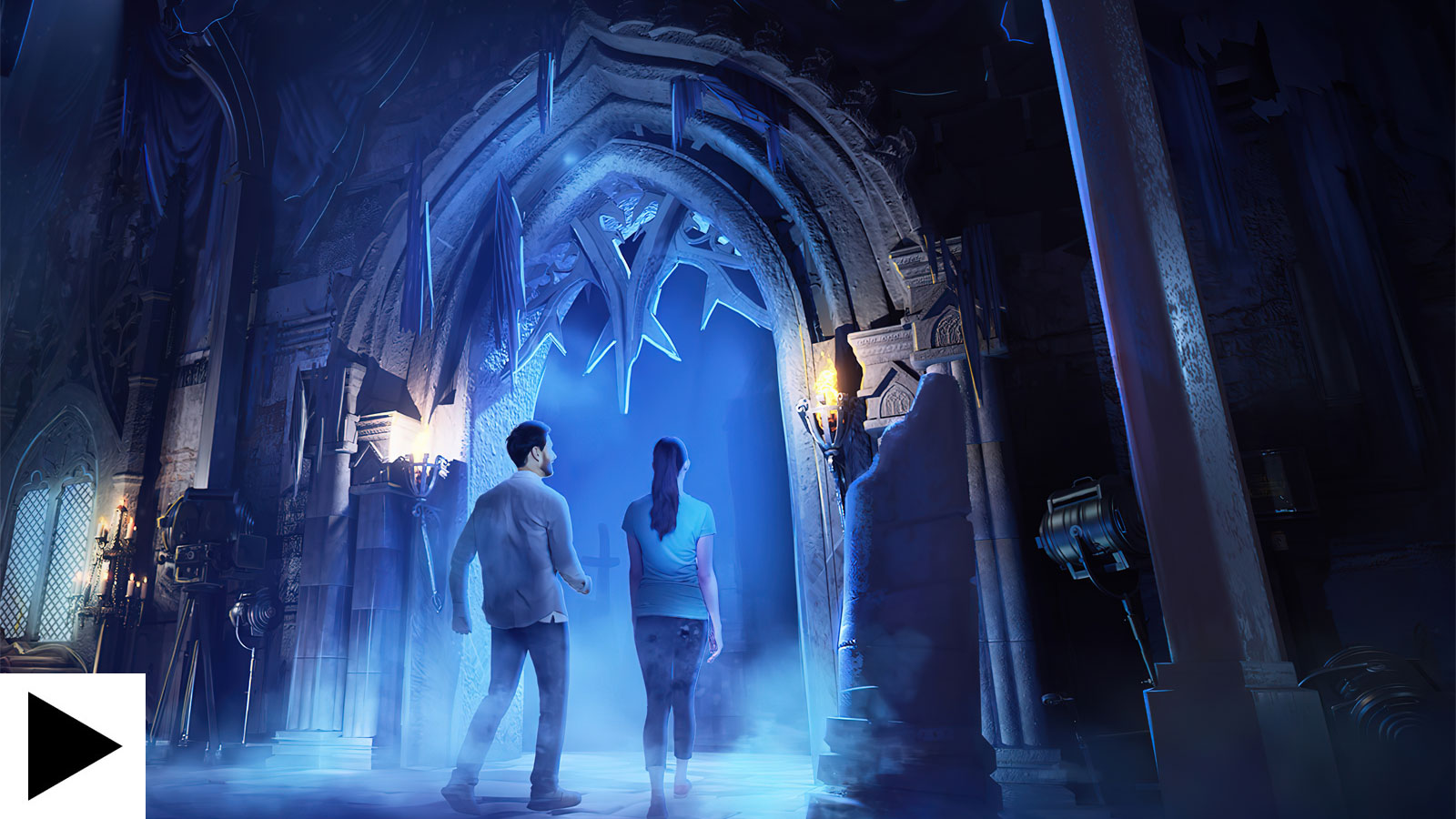|
The Natural History Museum is partnering with the University of Reading on a major new digitisation centre to be built at the Thames Valley Science Park

Tom Anstey | Planet Attractions | 20 May 2022

 Natural History Museum staff measure up a megaloceros specimen Credit: Trustees of the Natural History Museum Natural History Museum staff measure up a megaloceros specimen Credit: Trustees of the Natural History Museum
The Natural History Museum in London has announced a partnership with the University of Reading which will see a state-of-the-art science and digitisation centre created at Thames Valley Science Park.
The new centre - which has been enabled through major investment from the British government’s Department for Digital, Culture, Media and Sport (DCMS) as part of a UK scheme to increase investment in R&D - will help ensure the collections and the vast data contained in them are safe, accessible and digitally available for researchers all over the world.
“The University of Reading has a world-class reputation for teaching and research and there is enormous scope for collaboration on shared areas of scientific specialisms from climate science to agriculture and forestry, biodiversity loss and emerging diseases,” said Doug Gurr, director of the Natural History Museum.
“We look forward to joining the lively community of ambitious, knowledge-based organisations at Thames Valley Science Park and forging closer relationships with institutions already based there – and of course reuniting with the British Museum through its Archaeological Research Collection.”
The new centre will house the Natural History Museum’s vast mammal collections, non-insect invertebrates, molecular collections, and ocean bottom sediments, totalling more than 27 million specimens, as well as the accompanying library and archive material. This equates to around a third of the museum’s collection of more than 80 million objects, making the relocation its largest collections move since the 1880s.
The relocation of these specimens will also enhance the experience for visitors to the museum, which has a range of gallery spaces that are not currently accessible to the public because they are being used to store collections.
“The Government is investing tens of millions in this fantastic project to protect the Natural History Museum collection for future generations and to help academics and researchers tackle major challenges such as climate change, food security and biodiversity conservation,” said minister for arts, Lord Parkinson.
“The partnership between the museum and the University of Reading will also see the UK blaze a trail worldwide through the rapid digitisation of collections in cutting-edge science facilities - securing our position as a leader in research and collaboration.”
Heritage
|
|






Supplier Showcase 2025: The biggest attractions projects landing worldwide this year
|